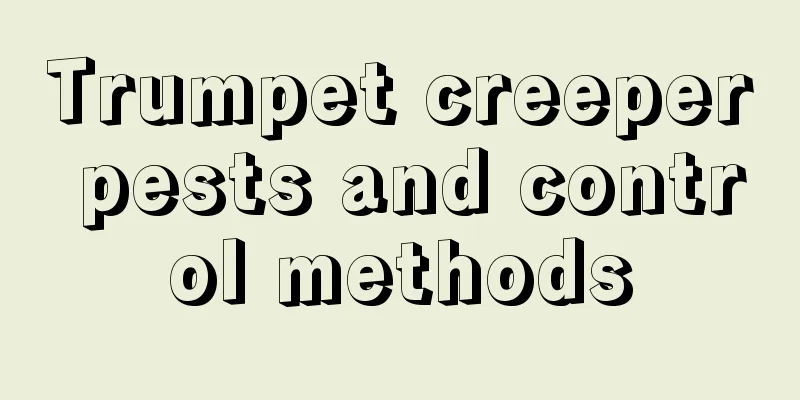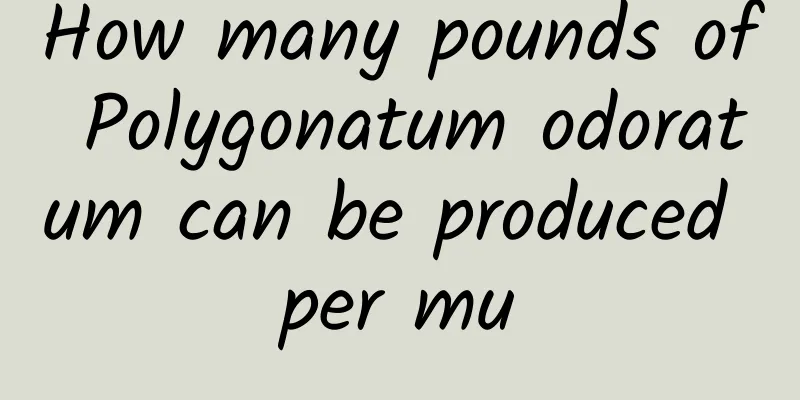Trumpet creeper pests and control methods

Trumpet creeper pests: whiteflyHazard manifestationsWhiteflies are small white insects that are difficult to distinguish with the naked eye. At the same time, different stages of the same body can be seen on the plant: adults and larvae. The adults mainly harm young leaves and suck the sap from the leaf flesh; the larvae mainly adhere to the back of the leaves and suck the sap, causing the leaves to curl and dry up. In addition, the branches and leaves released by whiteflies will contaminate the leaves, which can easily cause sooty disease. Prevention and treatment methodsWhen insect pests are found, spray the pesticide in time, spray 40% omethoate, spray once every 7 days, and spray 3 to 4 times continuously. When spraying the pesticide, be sure to spray both sides of the leaves, especially the back side, where a large number of insects will live. Strengthen maintenance at ordinary times, pay attention to ventilation, and spray fungicides once a month. Trumpet creeper pests: aphids, red spidersHazard manifestationsAphids and red spiders are very small and difficult to distinguish with the naked eye in the early stages of the disease. But you would never imagine that a bug as small as a few millimeters can cause a plant of dozens of centimeters to fall down in a short period of time. Don't underestimate them! The insects will suck the sap from leaves, buds and mosaics, affecting normal growth and development. Not only will this affect the appearance, but in severe cases it can cause the entire plant to die. Prevention and treatment methodsThe environment is very important during the maintenance process. Frequent ventilation, ensuring a clean environment, adding phosphorus and potassium fertilizers, and enhancing the plant's disease resistance can reduce the occurrence of pests to a certain extent. When a small number of aphids or red spiders appear on the plants, they can be rinsed with clean water (or scrubbed with soapy water). In serious cases, spray 1 : 1000 times dimethoate solution. |
<<: Kumquat pest control methods
>>: What to do if rosemary has bugs
Recommend
How to nourish the roots of woody plants - taking gardenia as an example
How to soak roots? 1. Find a container, clean it ...
When is the best time to harvest soybeans?
Soybean harvest time The growth cycle of soybeans...
Can peony be placed in the bedroom?
1. Can it be placed in the bedroom? It is not app...
How to grow Cineraria citrifolia to make it dense
Cineraria growing conditions Cineraria is native ...
How to breed Star Prince and what to pay attention to
Star Prince Reproduction Method Star Prince can b...
Can ivy be grown hydroponically?
1. Is it possible? Ivy can be grown hydroponicall...
Breeding methods and precautions for mandarin fish
Mandarin fish, also known as osmanthus fish, belo...
How many years does it take for a fruit tree to bear fruit?
Introduction to Planting Fruit Trees Various frui...
Raspberry cultivation methods and precautions
1. Maintenance methods 1. Soil: Raspberry has str...
What do pine trees look like in winter and where do they grow?
1. Appearance The pine tree remains evergreen all...
Fertilization method for growing flowers in autumn
Tips for fertilizing flowers in autumn Fertilizat...
How to grow lily and azalea
1. Maintenance methods 1. Temperature: It prefers...
What fertilizer should be used to grow sweet and crisp cucumbers (how to fertilize cucumbers)
How to fertilize cucumbers to make them sweeter, ...
The best time for Kalanchoe cuttings
1. Time for cuttings There is great flexibility i...
How to keep lilies alive
1. Plants grown in soil (1) Temperature: The plan...









